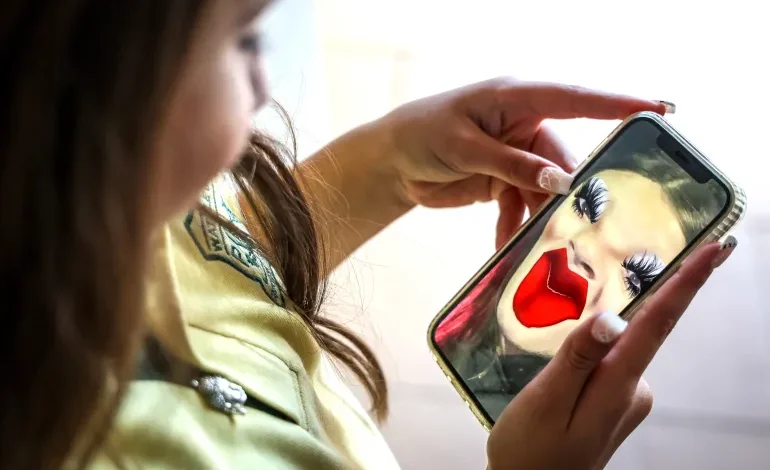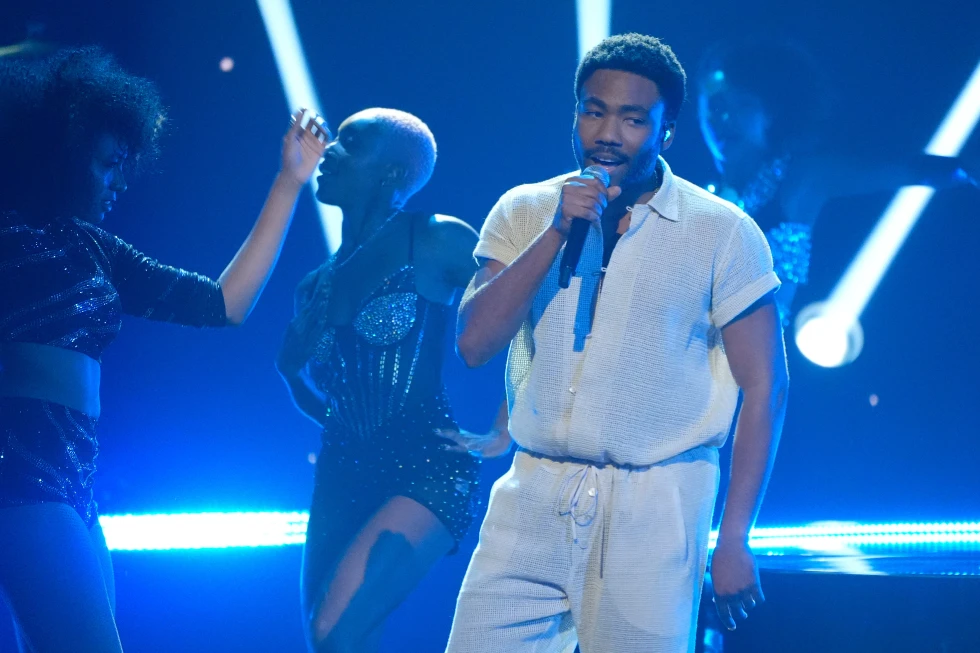Snapchat rolls out age checks for Australian teens as under-16 social media ban looms

Snapchat has started asking children and teenagers in Australia to verify their ages, leaning on bank-linked software and facial age estimation as the country moves closer to enforcing one of the strictest social media laws in the world.
From December 10, platforms found hosting users under 16 could face fines of up to A$49.5m, and Snapchat is among the services now caught in the dragnet alongside YouTube, Facebook, Instagram, TikTok, X, Reddit, Twitch and Kick.
The company says Australian users can verify their age through ConnectID, a system owned by major banks that confirms whether someone is over 16 with a simple yes/no signal, or through Singapore-based k-ID, which uses government IDs or facial analysis to estimate age. The pitch is safety without over-sharing. Or, as ConnectID puts it, “protect young people online without creating new privacy risks”.
Still, Snapchat is pushing back on the logic behind the ban. It argues that cutting teenagers off from mainstream platforms may do more harm than good, forcing them into less regulated corners of the internet. The company maintains it’s primarily a “visual messaging app” and has “strongly disagreed” with being lumped in with traditional social media feeds.
Roughly 440,000 Snapchat users in Australia are thought to be aged between 13 and 15, a figure that now places the platform squarely in the government’s sights.
Not everyone is convinced the hard line approach will help. Youth advocates and child welfare groups warn that removing digital spaces without addressing underlying safety issues could backfire. UNICEF Australia has cautioned that the changes “won’t fix the problems young people face online” and stressed the importance of making platforms safer rather than simply inaccessible.
There’s a social nuance here too. A survey by Act for Kids found 41 percent of children aged 10 to 16 prefer real-life interaction, compared to 15 percent who’d choose online time, hinting that the ban may align with quieter shifts in youth behaviour, but only if families are equipped to guide that transition.









The latest news in your social feeds
Subscribe to our social media platforms to stay tuned